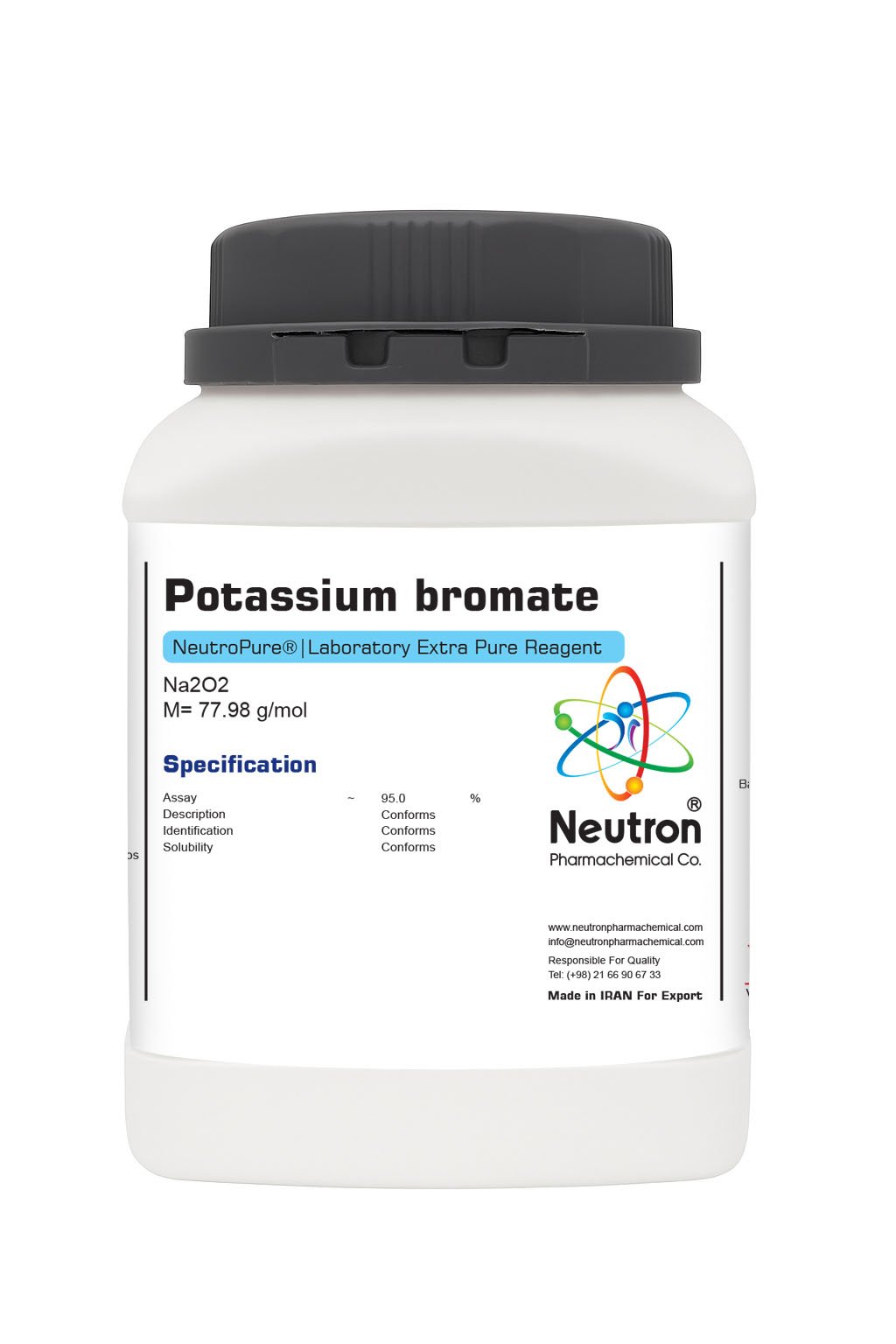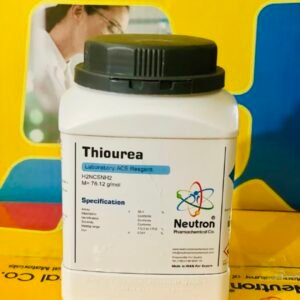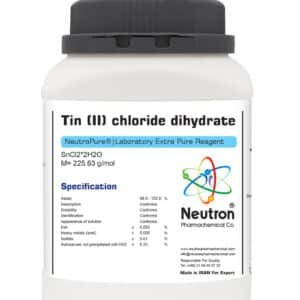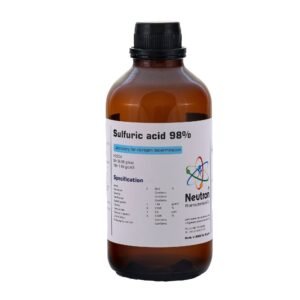پتاسیم برومات
| Chemical formula | KBrO3 |
| Density | 3.27 g/cm3 |
| Molar mass | 167.01 g/mol |
| HS Code | 28299040 |
| CAS number | 1-2_7758 |
| Storage | without limitations |
| EC number | 231-829-8 |
| SDS | available |
| R phrase | R 45-9-E24 |
| S phrase | S 53-45 |
| Odour | odourless |
| Form | solid |
| Color | colourless |
| p H value | 5.0 -9.0 (50 g/l 20°C) |
| Solubility in water | 69 g/l (20°C) |
| Solubility in ethanol | slightly soluble |
| Melting point | 350 °C |
| Thermal decomposition | 370 °C |
| Assay | ≥ | 99.5 | % |
| Description | Conforms | ||
| Identification | Conforms | ||
| Solubility | Conforms | ||
| p H | 5.0 to 9.0 | ||
| Bromide | ≤ | 0.02 | % |
| Sulphate | ≤ | 0.001 | % |
| Heavy metals | ≤ | 0.0005 | % |
| Total nitrogen | ≤ | 0.0005 | % |
| Sodium | ≤ | 0.01 | % |
| Iron | ≤ | -0.9995 | % |
| Insoluble mater | ≤ | 0.005 | % |
Potassium bromate is a white crystalline powder with strong oxidizing properties that has been used as an oxidizing agent and dough improver but is restricted or banned in many countries due to health concerns.
🏭⚗️ Production
Potassium bromate is typically prepared by oxidizing a solution of potassium bromide with a strong oxidant such as chlorine, hypochlorite, ozone, or by electrochemical methods, and the product is recovered by crystallization and drying to give the white salt.
🔬 Properties
The chemical formula of potassium bromate is KBrO₃ and its molar mass is approximately 167.00 g/mol, and it appears as a white, odorless crystalline solid that is soluble in water and acts as a strong oxidizing agent which can decompose on heating or in the presence of reducing organic materials.
🧪 Applications
Potassium bromate has been used historically as a flour improver and oxidizing agent in bread-making and has found occasional use in analytical chemistry and laboratory oxidation reactions, but many of its former food and consumer applications have been discontinued or restricted because of safety concerns.
⚠️ Safety
Potassium bromate is toxic and a recognized health hazard that can cause oxidative injury and has been linked to kidney damage and cancer in animal studies, so it should be handled with strict precautions including avoiding ingestion and inhalation, using gloves and eye protection, working in a fume hood, preventing environmental release, and storing it away from organic materials and reducing agents; due to its carcinogenic potential its use in food is prohibited or tightly regulated in many jurisdictions.





